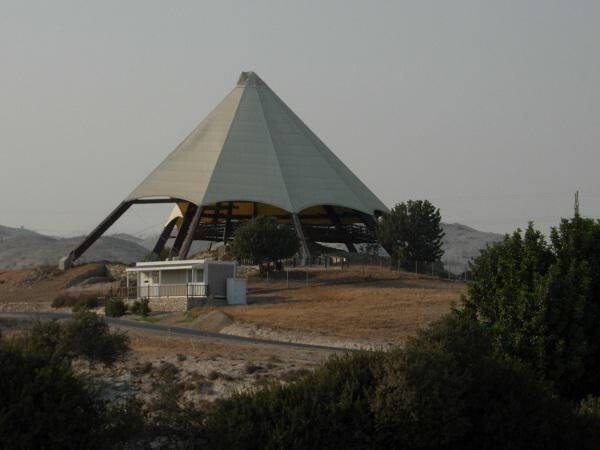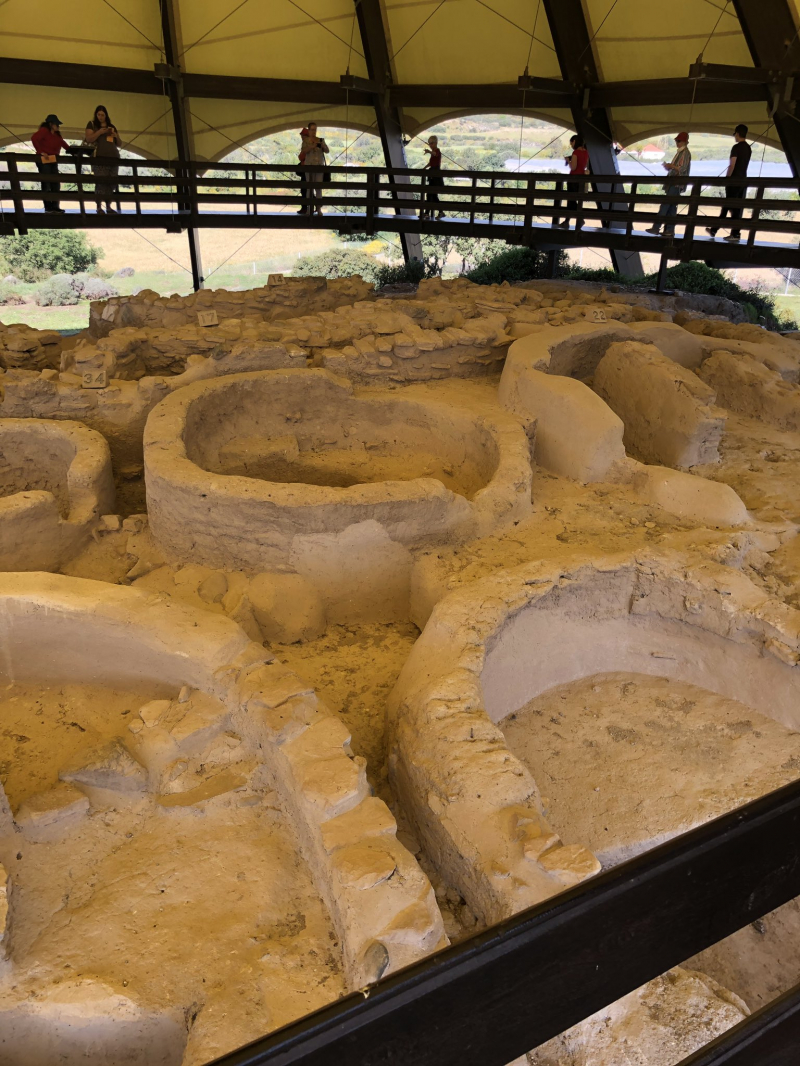Kalavasos-Tenta
The Neolithic settlement of Kalavasos-Tenta is located four kilometers from Kalavasos in the Larnaca District and is one of Cyprus' most important Neolithic settlements. Kalavasos-Tenta was erected on a natural hill during the New Stone Age, around 7000 BC. Between 8000 and 8600 BC, pre-pottery agriculturalist inhabitants arrived in Cyprus, constructing circular dwellings with burnt lime terrazzo floors. Their economy revolved around sheep, goats, and pigs, and they spent their days farming, hunting, and caring for animals, while homesteaders weaved textiles.
The variety is visible in the domestic architecture of Tenta, which is one of Tenta's most prominent qualities. Although all of the major structures are curvilinear, their shape, scale, and internal arrangement, as well as their construction methods, differ greatly. The curving walls of what were the village's round cottages may be seen among the ruins of Kalavasos-Tenta. Kalavasos-circular Tenta's walls were made of mudbrick and joined together to form a complex enclosed by a stone defense wall. The houses at Tenta had flat and domed roofs made of branches, reeds, and rammed earth, and the surfaces of the walls were frequently beautifully adorned, such as a "painting representing two human figures with upraised hands", which forms a distinctive part of the Cypriot architectural landscape today. There is a wooden path beneath the big tended roof that allows you to glimpse the top of the remains. Along the tour around one of the beautiful historical sites in Cyprus, there are a few highly instructive boards with blueprints showing the ruin's original design and purpose.
A collection of handcrafted artifacts discovered in Tenta, including a restored mural, is on display at the Cypriot Museum in Nicosia. Other pieces are on show in the Larnaca Regional Museum. The numerous kinds of objects discovered at Tenta during the Aceramic phase levels are identical to those discovered at Khirokitia and other Cypriot Aceramic sites. The abundance of stone containers, some of which have fairly complicated designs with spouts and other characteristics, clearly demonstrates the competence attained in the working of both hard stones like diabase and softer limestone. Complete vessels have been recovered just a few times, although pieces are common on the site's surface and in excavated strata.
Address: Q823+X7P, Kalavasos, Cyprus.












